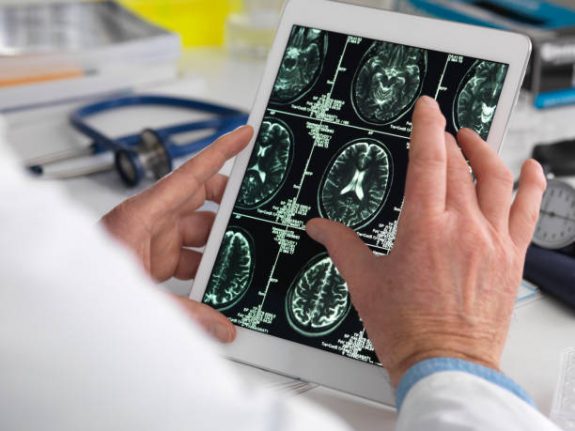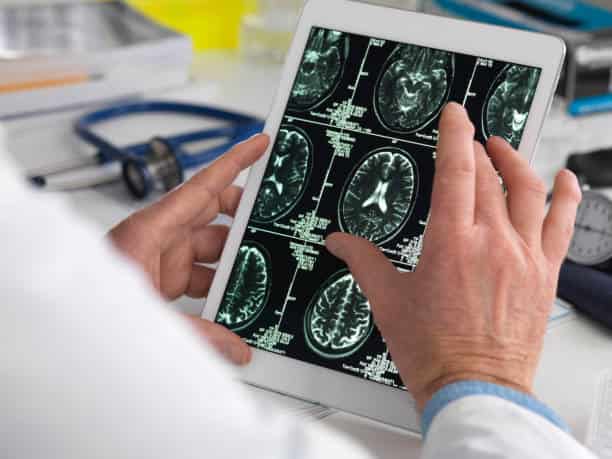
There are countless benefits of technology in the medical field and this is where the latest technology is being applied. Advancements in technology have been made which include digital imaging, diagnostic equipment, and genetic analysis to name a few. These technological advances have helped medical professionals to reduce their medical costs, save time and effort in procedures and improve their quality of life.
Technology Equipment and Diagnostic Tools:
One of the main benefits of technology in the medical field and technology improving the medical field is the use of advanced technology equipment and diagnostic tools. These tools help to diagnose certain diseases and abnormalities efficiently. Due to technological advancements, it has become easier to diagnose a patient in a short period. The same is true with surgical procedures too. For example, if a surgeon finds out that a particular surgery will not work for a certain disease or if he has to operate on a particular part of a person’s body then he can easily perform the surgery without any fuss using the latest technology.
Medicine:
Another important factor in technology is medicine itself. As mentioned above, medicine has benefited immensely from the technology advancements. Many of the diseases and abnormalities faced by humans in the past could have been easily prevented if the disease had been detected at an earlier stage. Nowadays, even blood tests can be carried out through advanced technology. Before this, blood tests were carried out manually and this required a lot of work, which could take days to complete and could cost a lot of money too.
Medical Treatments:
Another benefit of technology in the medical field and technology improving the medical field is the medical treatments that are applied these days. Today, surgery is a simple procedure and can be carried out within a day or two and there is no wastage of any medicine or material. It has also reduced the number of deaths resulting from surgical procedures. Moreover, today technology plays an important role in diagnosing the disease and hence saving more lives. Today, computers are widely used in surgeries and help greatly in the diagnosis of the disease and its treatment.
It has also given rise to newer technologies. For example, lasers have become an important part of the medical field. This helps cut down the amount of time required for surgery and minimizes the risk involved in it. Lasers are used extensively to remove cancerous tumors and this is a good thing as it reduces the cost and improves the quality of surgery. Other applications of technology in medicine include genomics, which deals with studying a patient’s genome.
Gene Therapy:
Gene therapy is another technology that is being used in medicine. It involves using technology to introduce or replace the faulty genes in a patient’s body so that they can fight against diseases. Some of these faulty genes can lead to cancer and other health-related issues. Another application of technology in the medical field is focused ultrasound which helps to increase the blood flow to the affected area. This technology is commonly used in various cardiac surgeries.
Biotechnology:
Biotechnology has been introduced to medicine. This technology involves the study of living organisms in different forms and cultures. It deals with their management, use, and disposal. Another application of technology in medicine is genetic engineering where certain changes are made in a patient. Some of the uses of technology in medicine include developing artificial eyes, kidneys, hearts, etc.
Computer technology is used extensively in medicine. It assists surgeons while conducting surgery by enabling them to record the details of the surgery. They can easily transfer this data to other computers and retrieve it whenever they want to. Tissue culture technology helps researchers to study various diseases and also to develop new treatment procedures.

